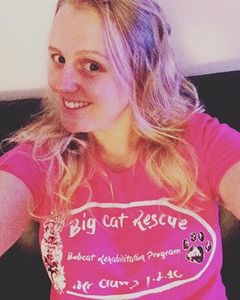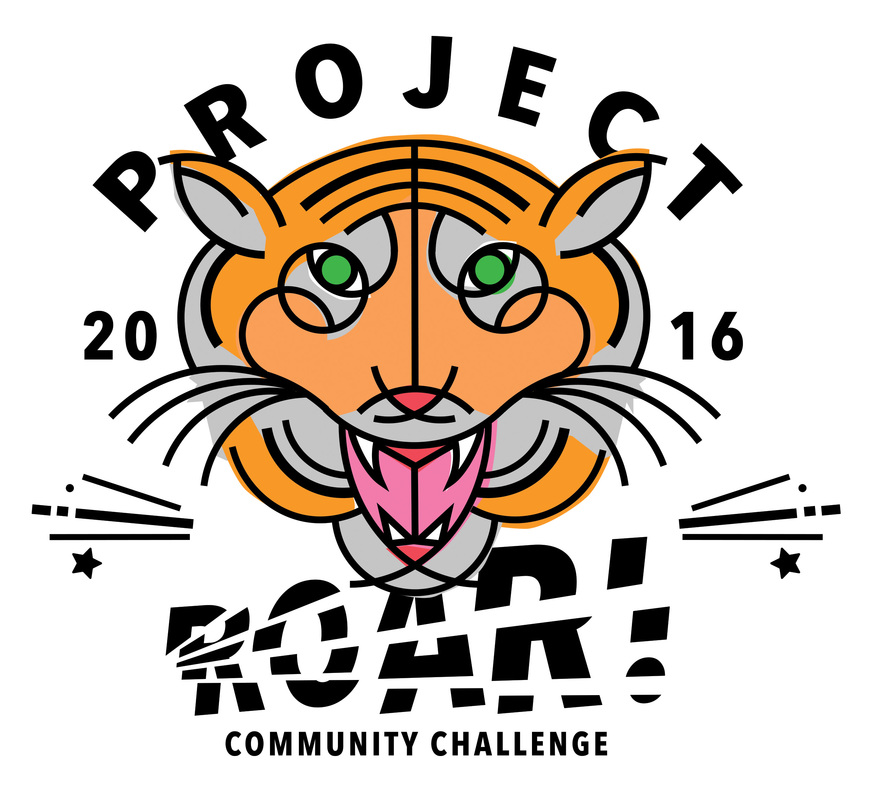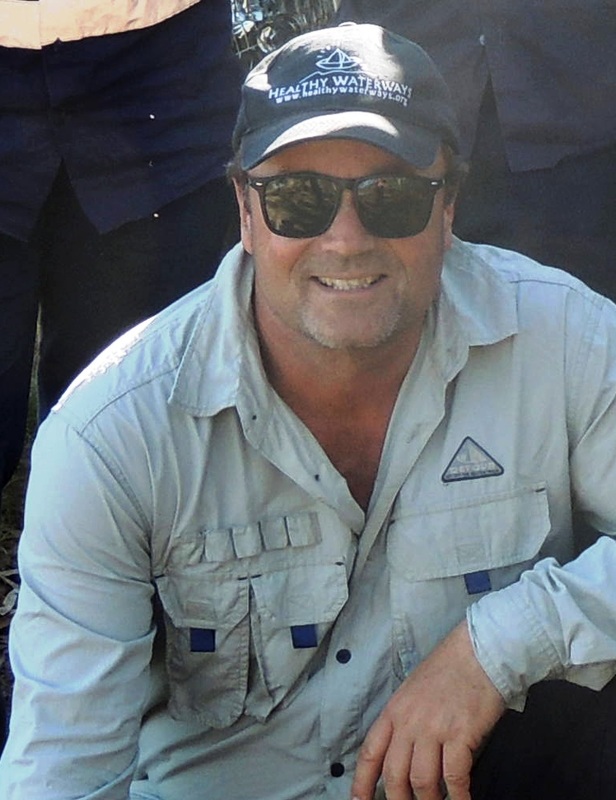During the week the council arranged for bulk slashing of the weed which then provides an opportunity for the Green Army team and our bushcare volunteers to start the rehabilitation process and create a significant section of Koala habitat. The council will also be delivering a significant amount of mulch which will be used to maintain moisture in the current planting areas as well as reduce the impact of weeds.
We have already started the planting process with a trail of three Eucalypts being planted in the central area of the new section. The soil appears to be rich, all though very dry and we are hopeful that it will support a significant number of Eucalypt trees.
Time is of the essence though. We need to get the mulch on the ground around the current planting as well as prepare the new section. This will involve further weed control, but with the council’s assistance we now have the physical conditions to make a significant difference to the quality of the habitat, reduce the impact of fire as well as provide a long term solution to developing a habitat for our local Koalas.



 RSS Feed
RSS Feed
